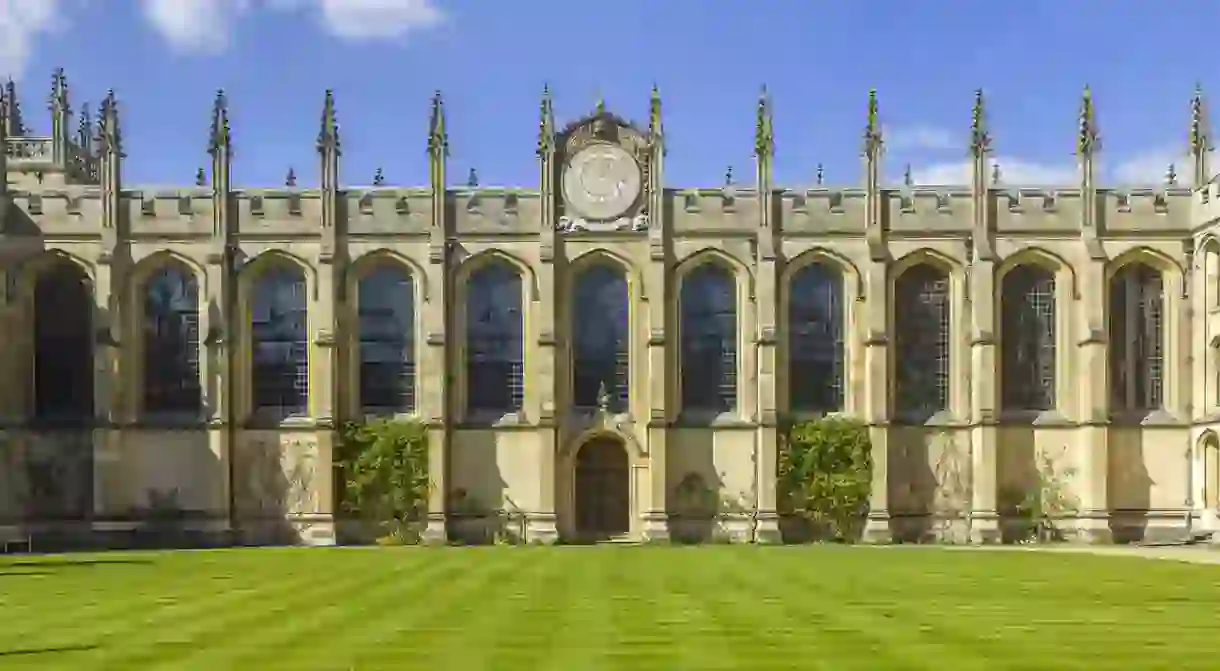A Brief History of Oxford University

As the oldest university in the English-speaking world, Oxford has a fascinating past covering everything from rioting students to a seriously impressive alumni. Just want the facts – and quickly? Then our quick round-up of Oxford’s history should do the trick.

No matter how hard you look, there’s no official date for when Oxford University was founded, although records show that teaching (in one form or another) existed at Oxford in 1096. It was during the 12th century that the University really began to grow; well-respected teachers began to lecture there and students came to live and study in Oxford. In 1167 Henry II banned English students from attending the University of Paris, which led to Oxford University numbers rising rapidly.
From the very start there was friction between the townspeople and students, leading to many years of the Town vs Gown riots. One dispute turned so ugly that a number of students ended up fleeing from Oxford to Cambridge, and setting up their own learning institution in 1209, which became Cambridge University.
To begin with, students lodged with the townspeople, but in the 13th century the first colleges were founded – each with their own buildings and land – and they were encouraged to move into University accommodation instead. In fact, after 1410 students were forbidden to lodge with townspeople anymore and had no choice but to live in the College’s halls of residence. Today the University is made up of 38 different, self-governing colleges.

The University was a centre for political and religious controversy throughout the centuries, with its libraries being broken up and books sold or destroyed during the Reformation in the 16th century and its support of the Royalist party during the English Civil War (1642-1649) – despite the town favouring the opposing Parliamentarian cause. However, from the mid-18th century, the University played very little part in any political conflicts.
In 1878, academic halls were set up for women, then, in 1920, women were granted full membership of the University. It wasn’t until 1974 that five all-male colleges first admitted women, but now all colleges admit both men and women.
Oxford University is famous for its unique traditions including wearing subfusc (full academic dress) for exams, formal hall (sit-down meals in formal dress) at colleges and white tie and black tie balls, among other quirkier traditions for individual Colleges.

The University has also a pretty impressive alumni including 58 Nobel prize winners (who have either studied or taught at Oxford), 27 British prime ministers, famous writers including Lewis Carroll, J. R. R. Tolkien, Philip Larkin, Vikram Seth and W. H. Auden, along with actors such as Michael Palin, Hugh Grant and Kate Beckinsale. Oxford has also produced at least 12 saints and 20 Archbishops of Canterbury.
Now the University receives more than 19,000 applications from potential students around the world every year, for around 3,200 places, thanks to its reputation as a world-leading centre of teaching, learning and research.













